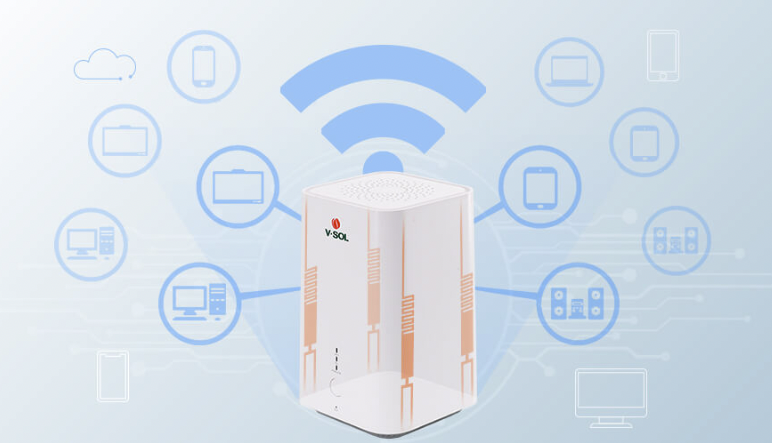With the continuous iteration of WiFi technology, high-speed wireless network has become another major basic demand of people in addition to water and electricity at home. As a result, a series of problems have arisen around the purchase of home routers, among which “signal strength” is the most concerned issue for most consumers. Many merchants have grasped this psychology of consumers and used words such as “superpower” and “wall-through king” in publicity to attract users to buy. In fact, such words are suspected of misleading consumers because WiFi signals simply cannot pass through walls.
Some people may think that since the signal strength of the router is related to the power, it makes sense with going online with high power directly. It’s a pity that this is not feasible in some countries. They stipulate that the maximum transmission power of wireless routers on the market cannot exceed 100mW, which is also for the health of users.
Then, how can we effectively enhance the WiFi signal? Before clarifying this issue, let’s first review the characteristics of the WiFi signal in transmission.
The antennas used by the wireless routers in our home are all omnidirectional antennas. The signal is radiated uniformly at 360° in the horizontal direction. If the router is regarded as a whole, then the signal is radiated like this in some way.

The advantage of this is that the WiFi signal can evenly cover all directions. But correspondingly, its signal strength is not as good as that of a directional antenna. However, considering the home scene, this design is also very reasonable. In real transmission, WiFi signals that are essentially electromagnetic waves undergo reflection, refraction, diffraction, diffuse reflection, and penetration after encountering different obstacles. The impact of refraction is the smallest, which can be ignored. The impact of penetration is the greatest, especially through the cement wall and brick wall at home, which can directly attenuate the WiFi signal strength of the 2.4G frequency band to one thousandth, not to mention the penetration of the 5G frequency band with poorer penetration. An extra wooden door or corner will greatly reduce its signal strength.
This is why I told you at the beginning that “WiFi signals cannot penetrate walls at all”. After all, a signal that is attenuated to one thousandth is no different from being disconnected from the network. Therefore, the propagation of WiFi signals at home mainly depends on reflection, diffraction, diffuse reflection, etc. It is impossible for our room to use a solid iron door or stone door, so the signals can always find some gap to transmit the signal to the other rooms.
For the sake of aesthetics, some users like to put the router and optical modem together in the weak current box, which should be worse. You must know that metal obstacles have a huge impact on the WiFi signal and can easily reduce the signal strength to one ten-thousandth, which is why even in 2022, the mobile phone will still have no signal in the elevator. So don’t underestimate the thin iron door of the weak current box, it is simply a nightmare for WiFi signals.
Therefore, don’t believe the exaggerated advertisement and pay more attention to the configuration, performance, and interface of the router itself. Also, don’t be greedy for cheap. You get what you pay for.
For users who do not plan to upgrade the router for the time being, it’s advisable to start from the position and angle of placement to enhance the WiFi signal. First of all, choose an open place, try to be higher than the surrounding objects, and avoid occlusion, so that the WiFi signal can radiate to the surroundings as much as possible. Pay attention to avoiding microwave ovens, Bluetooth speakers, wireless keyboards and mice, and other equipment to avoid interference.
Then it’s the antenna of the router. Although for routers with external antennas, it would be better if the antennas can be rotated and adjusted. Actually, due to the signal direction mentioned above, these antennas still have the best signal when they are vertical.

As shown in the picture above, pointing the router antenna at you will not increase the signal, but will make you cover the weakest part of its signal. Therefore, our router only needs to stand each antenna upright as shown on the manufacturer’s package to be in the best state.
For people who have the budget to upgrade their routers, under the current technology, a single router cannot cover the whole house without dead ends, especially for rooms with complex apartment types and large-scale rooms of more than 100 square meters. Every wall and each corner will cause significant signal attenuation. So if you want to enhance the signal in some rooms far away from the router, it is undoubtedly the most effective solution to purchase multiple routers that support mesh WiFi technology for networking. It should be noted that at present, the mesh WiFi router can only be matched with other products of its own to achieve the best effect. Besides, different brands do not communicate with each other.


